Signed lower right
With frame: cm 35,5x47x5
Provenance:
Bergamo, italy, Davide Cugini collection
The painting is in good condition.
For further information do not hesitate to contact us.
He was born in Milan on 10 April 1844. Having abandoned his classical studies, he enrolled at the Brera Academy of Fine Arts, where he attended the engraving courses of A. Bramati and the painting courses of G. Bertini and C. Notaris.
He made his debut in the tradition of historical romanticism by presenting the work "Geltrude confused sees the letter in the hand of the prince, her father", taken from The Betrothed, at the XXV Exhibition of the Society promoting fine arts of Turin in 1866.
However, he soon also turned to genre subjects: at the Brera Fine Arts Exhibition in 1872 he presented the painting “Inspection of the fiancée's person. Russian costume”, which earned him the appreciation of C. Boito and considerable popularity through numerous holographic reproductions.
It was thanks to the production of genre paintings that Fontana, the author of historical subjects, small landscapes and portraits, won the favor of the public of his time.
The representation of situations and affections of daily and family life, rendered with a certain illustrative complacency and characterized by an intimate and accentuated sentimental intonation that is influenced by the painting of T. Cremona, characterizes Fontana's production, whose popularity was largely due to its correspondence to the bourgeois conception of art of the second half of the nineteenth century.
He was influenced by the Milanese scapigliatura environment and in particular by Cremona, of which he took up the nuanced luminism but not the impulsive technique, with strokes of the brush, using instead the "impastato" color technique in use by some of the painter's followers.
He was present at the major national and international art exhibitions, obtaining numerous awards: again with the "Inspection of the person of the fiancée" and with the historically inspired painting "Roberto the devil in the cloister of S. Rosalia" in 1873 he participated in the Exhibition universal in Vienna, where he obtained a medal.
In 1876 he took part in the Philadelphia International Exhibition together with the artistic family of Milan, earning a gold medal.
In the same 1876, at the Brera Academy Exhibition, he presented "Aesop tells his fables to the maids of Xanthos", obtaining the Principe Umberto prize and unanimous approval. In 1878 Fontana participated with three paintings in the XXVII Exhibition of the Society of Fine Arts of Turin. After 1878 Fontana moved for some time to Florence, where he dedicated himself to painting scenes from the Tuscan countryside and historical paintings with a Florentine setting.
Once the brief period in Florence was over, Fontana returned to Milan, where, with the exception of a brief stay in Venice in 1887, he resided permanently.
His exhibition activity was intense in the last two decades of the nineteenth century; he often took part in the exhibitions of the Brera Academy but also in various national and European exhibitions, exhibiting paintings that are mostly known only through exhibition catalogues.
In 1883 he participated in the Exhibition of Fine Arts in Rome with "The return from the market" and "The last one to appear was a crooked leg", a historical-joke genre painting, which was exhibited in Brera the following year together with two others works.
In 1884 Fontana participated in the Turin Fine Arts Exhibition. The following year he exhibited four paintings in Brera, including the Déjeuner de bebé, which was re-proposed in '87 at the National Art Exhibition in Venice and in '89 at the Universal Exhibition in Paris.
The year before (1888) he had taken part in the Munich International Exhibition with Return from the Market.
He also participated in various exhibitions of the Society of Fine Arts in Milan (1886, 1895, 1904), the first two editions of the Brera Triennale (1891, 1894), and the extraordinary national international watercolor exhibition in Milan (1893).
In 1898 at the National Exhibition of Fine Arts in Turin he presented the work Nuvolette, inspired by a passage from Paradise Lost by J. Milton. In 1900 he was present with the famous Aesop at the exhibition of 19th century Lombard painting which was held in Milan.
Museums:
Gothenburg, Sweden (Art Museum);
Milan (Gallery of Modern Art)








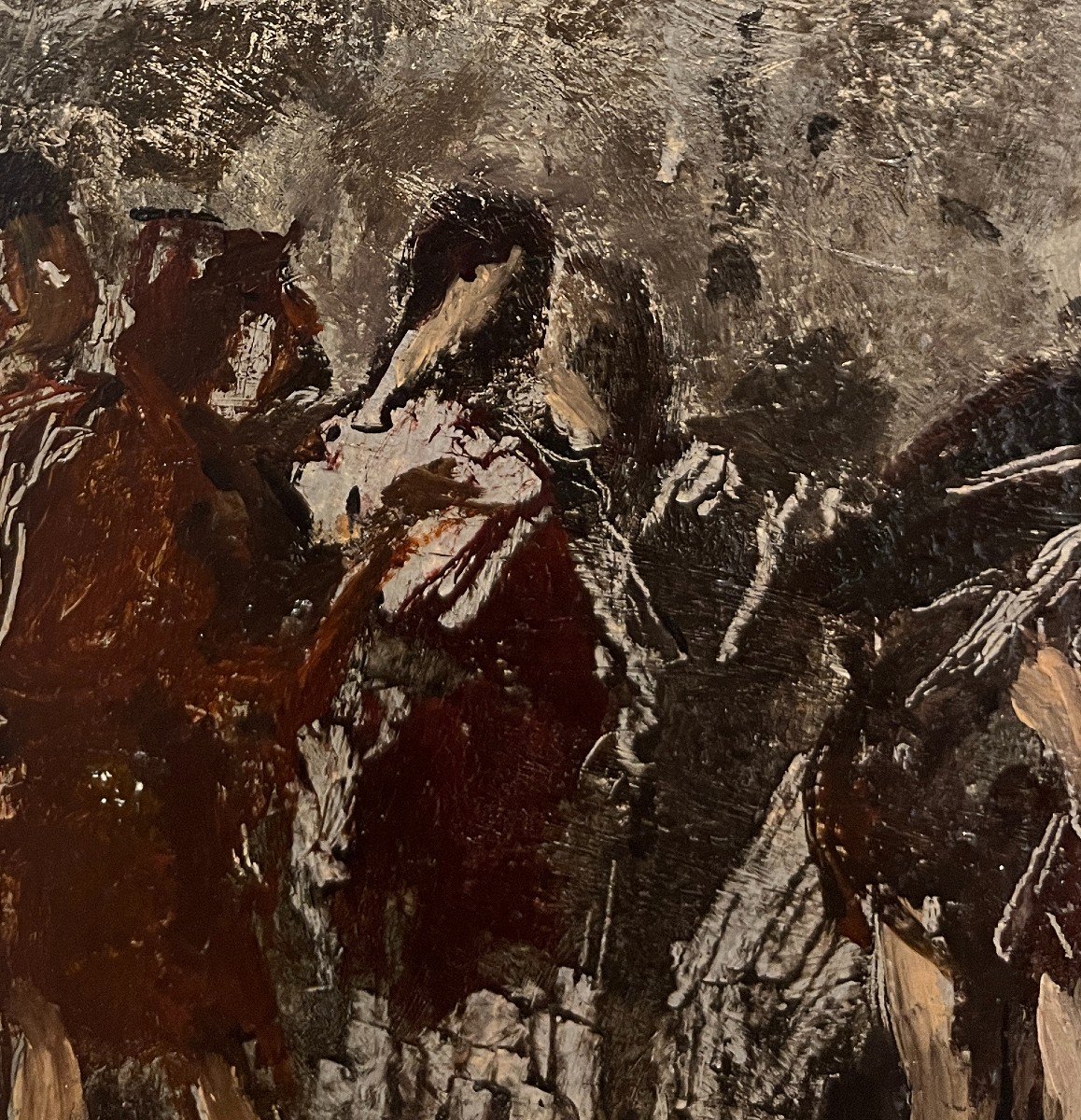



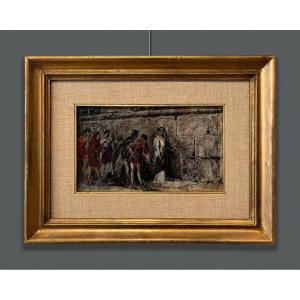










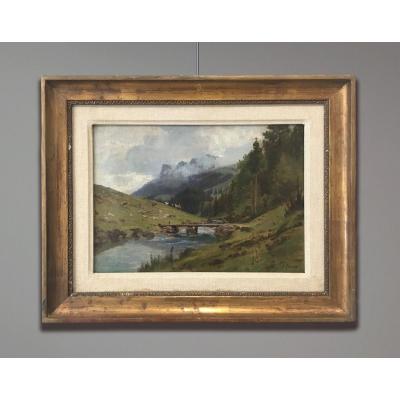



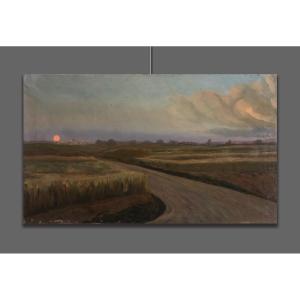
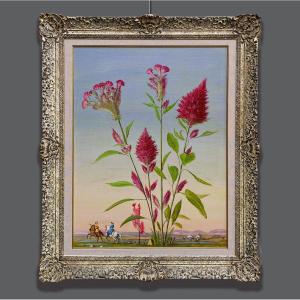







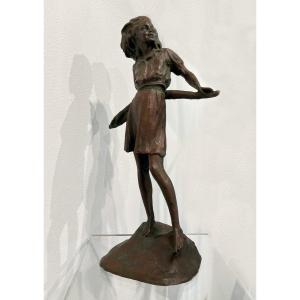


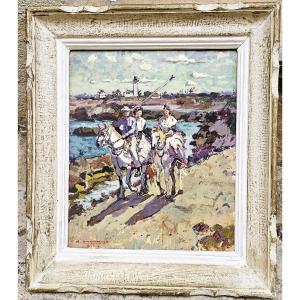


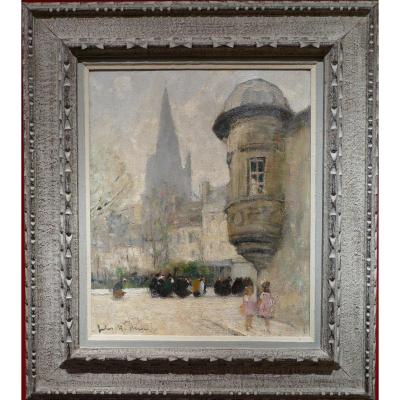



 Le Magazine de PROANTIC
Le Magazine de PROANTIC TRÉSORS Magazine
TRÉSORS Magazine Rivista Artiquariato
Rivista Artiquariato